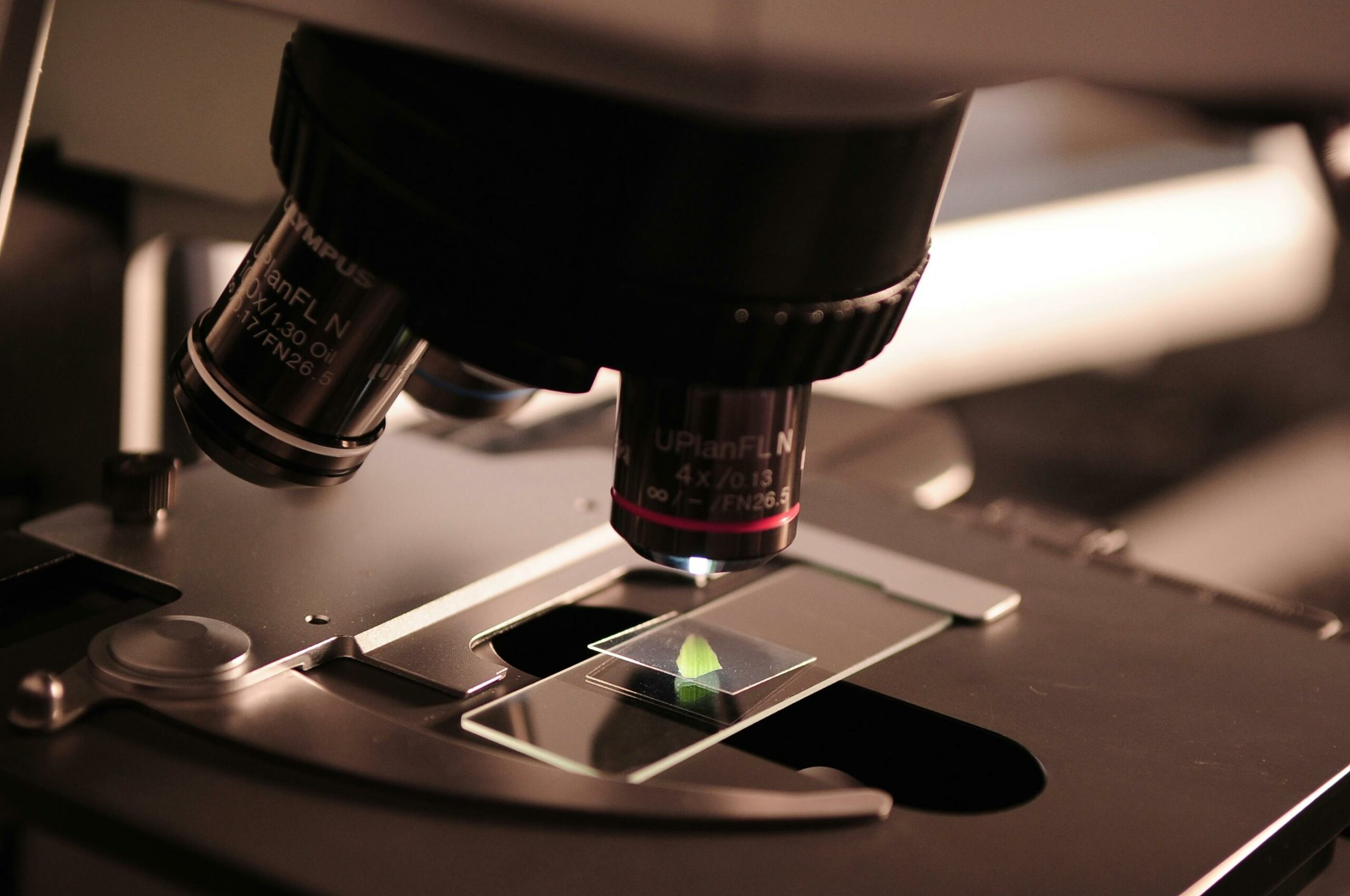
|
Getting your Trinity Audio player ready...
|
Science is supposed to provide evidence-based insights and solutions to myriad questions and problems. However, beneath the surface of seemingly objective inquiry, biases can subtly influence the outcomes of research studies, skewing results and impacting interpretations. While some research biases are readily recognized and actively mitigated, others lurk in the shadows, evading detection. Exploring these less obvious forms of research bias is crucial for fostering truly impartial research practices.
Publication Bias: Beyond the Spotlight
One of the less obvious biases in research is publication bias. This occurs when studies with positive or statistically significant results are more likely to be published than those with negative or null findings. Journals tend to favour exciting or groundbreaking results, leading researchers to prioritize certain outcomes over others. Morrow et al. (2023) reported that researchers are discouraged from reporting by experiences or perceptions of difficulty in publishing negative findings. Instead, they are rewarded for publishing positive findings in various ways. Consequently, the scientific literature may present an incomplete or distorted picture, as negative results remain unpublished or relegated to obscure corners of academic discourse. Addressing publication bias requires a shift towards transparency and inclusivity, where all findings, regardless of their perceived impact, are given due consideration.
Confirmation Bias: A Subtle Trap
Another subtle bias is confirmation bias, where researchers unconsciously seek or interpret evidence in a way that confirms their pre-existing beliefs or hypotheses. This can manifest in various stages of the research process, from study design to data analysis and interpretation.
Confirmation Bias Example
For further examples, you can refer to Malthouse (2023), who explored how confirmation bias affects the way people perceive the results of vaccine research. Researchers may inadvertently overlook contradictory evidence or dismiss alternative explanations, reinforcing their own perspectives. Mitigating confirmation bias entails fostering an open-minded approach to inquiry, embracing skepticism, and actively seeking out diverse viewpoints.
Funding Bias: Following the Money Trail
Research outcomes may be swayed by the vested interests of funding sources. Whether from government agencies, corporations, or non-profit organizations, funding can shape the direction and focus of research, consciously or unconsciously steering results towards predetermined conclusions.
Funding Bias Example
For instance, Golder and McCambridge (2021) found that systematic reviews whose authors had a history of funding from the alcohol industry exclusively reported favorable conclusions about the impact of alcohol on cardiovascular disease. To counteract funding bias, transparency regarding financial support and conflicts of interest is essential, along with diversification of funding sources to minimize undue influence.
Cultural Bias: The Hidden Perspective
Cultural bias is another less apparent but pervasive factor in research. Cultural norms, values, and perspectives can subtly influence study design, participant recruitment, and data interpretation. What may be considered acceptable or relevant in one cultural context may not hold true in another, leading to generalizations and assumptions that undermine the validity and applicability of research findings. Recognizing cultural bias necessitates cultural sensitivity training, diverse representation in research teams, and collaborative partnerships with communities to ensure research resonates authentically with diverse experiences and perspectives.
Experimenter Bias: Unseen Influences
Experimenter bias occurs when researchers’ expectations or behaviors inadvertently influence study outcomes. This can occur through subtle cues, such as body language or tone of voice, which unconsciously signal desired responses from participants. To minimize experimenter bias, double-blind experimental designs, where neither the researchers nor the participants are aware of the experimental conditions, are employed. Additionally, fostering awareness of potential biases and implementing rigorous protocols can help mitigate this subtle influence.
Conclusion
In conclusion, while research biases are inherent to the human experience, acknowledging and addressing them is imperative for upholding the integrity and validity of research. By understanding the less obvious forms of research bias in science, we can cultivate a culture of critical inquiry. Through ongoing vigilance and collective effort, we can strive towards research that reflects the complexity and richness of the world we seek to understand.
Click here to know more about our services: https://www.editage.us/services/research-paper-manuscript-formatting-services









Leave a Reply